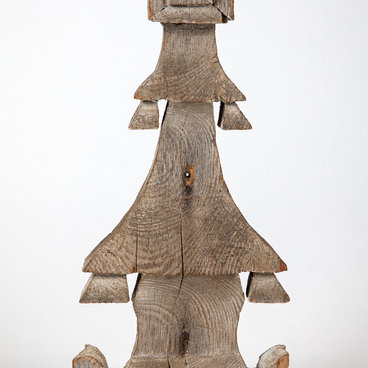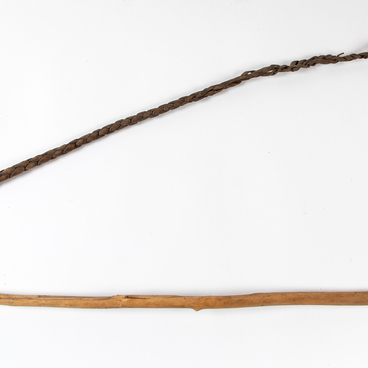In Prionezhye there is a deposit of the stone unique in its artistic and decorative properties — crimson quartzite, or, as it used to be called, Shoksha porphyry.
Shoksha crimson quartzite occupies a special place in construction. Apparently, it was first used in the construction of the Old (Large) Hermitage in St. Petersburg in 1771–1789. Architect Yury Matveyevich Felten used crimson quartzite in the interior design. During the rebuilding of the Old Hermitage in the middle of the 19th century, after the fire, architect Andrei Ivanovich Stakenschneider significantly increased the use of Shoksha stone: he built a grand staircase with a lobby in which he installed eight columns of quartzite standing on pedestals of white Italian (Carrara) marble. On the second floor of the Old Hermitage, in the double-height hall, the decoration of the walls, columns and pilasters is also made of Shoksha porphyry.
Crimson quartzite was also used in the construction of the Mikhailovsky Castle for Emperor Paul I. The castle was built in 1797–1800. The Shoksha stone was used in the decoration of its frieze on the south side. In the Kazan Cathedral on Nevsky Prospekt in St. Petersburg, built in 1801–1811, crimson quartzite was used in the construction of the central mosaic part of the cathedral floor; the floor and steps of the altar and ambon are also assembled from it.
In the middle of the 19th century, a significant amount of “hewn stone” was sent from the Shoksha developments to the capital for the construction of St. Isaac’s Cathedral. Shoksha crimson quartzite is used in the floor framing around the perimeter forming a wide frieze. It is also included in the interior decoration (under the capitals of the pilasters) creating a narrow strip in the form of a cornice. Next to the cathedral, on St. Isaac’s Square, there is an equestrian monument to Nicholas I. The middle part of the round pedestal is made of crimson quartzite.


